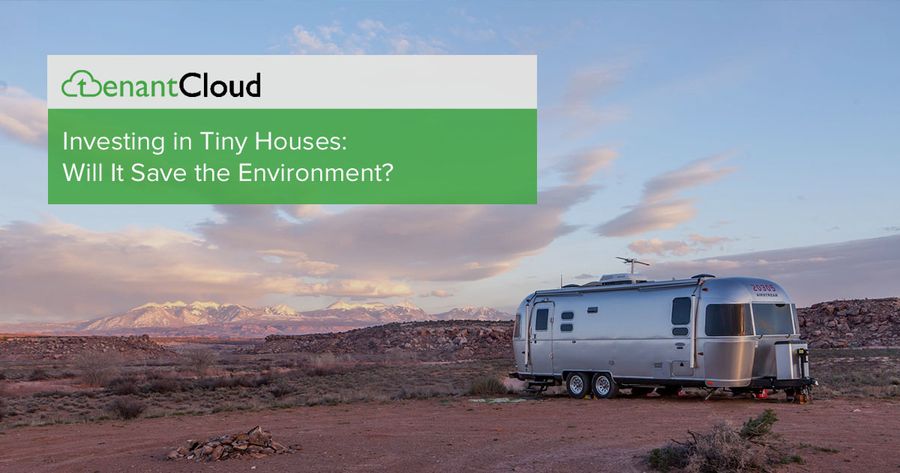It seems that the "bigger is better" principle has been relegated to plan B in the housing industry. These days, tenants are looking for more sustainable options to cut household expenses by downsizing their living space. As a landlord, you probably want to stay on top of the latest property management trends. To do so, pay attention to the tiny house movement which has become a rising trend in recent years.
When referring to the tiny house movement, three basic questions arise. And we've got them all covered:
1. What is a tiny house, and how tiny is it?
A tiny house is a residential structure under 400 square feet. Most tiny houses have all the appliances and furniture of a typical American home. But they're of a smaller size, of course. Whether it sits on a foundation or has wheels, a home with less than 400 square feet has its pros and cons. It'll cost less to build a permanent tiny house than to buy a full-sized building. You may not have to worry about mortgage payments or retirement savings plans, because you'll spend less on utility bills and therefore save more to travel, for example. But along with financial freedom and easy maintenance, you get less living and storage space. Tiny living means adapting to a more efficient space by getting rid of unnecessary items, such as certain kitchen appliances and the kids' old toys. It's also about fighting shopping addiction. In a nutshell, living small means being happy with less and waving hello to minimalism.

2. Is it even possible to live in such a small building?
Yes, it is. But a "tiny lifestyle" isn't for everyone. First of all, not every state supports the tiny home movement. There are just a few cities in the U.S. that are open to tiny sustainable houses. If you're planning to live small or invest in tiny houses, check out zoning laws and building codes first. Also keep in mind that some owners of tiny homes share space with their partner or family, while others prefer living solo.
In any case, tiny houses can provide more financial freedom and allow you to optimize your living space. But it can be a challenge for those who are obsessed with collecting things!

3. How can investing in tiny houses help the environment?
Even if you're not considering downsizing, investing in tiny homes might be a good idea. Landlords often consider tiny homes a short-term accommodation that can hardly be viewed as a potential property management business. But due to high rental prices and concerns over environmental issues, more tenants are looking for a tiny home to rent and therefore decrease any negative impact on the environment.
Tiny homes on wheels aren't associated with hippie communes any longer. They're much more affordable and require less energy to power, so this trend is worth paying attention to. Making a small footprint on the planet has become a high priority for many. With that in mind, landlords and property managers should consider the option of buying and renting out tiny houses. The overall construction process doesn't take long - approximately a few weeks. Plus, using environmentally-friendly, energy-efficient materials when building a tiny house contributes to long-term environmental sustainability.

What are your thoughts on the tiny house movement? Would you invest in a tiny house? Share your ideas in the comments below. :)
How To Secure Your Rental Property Or Why Landscaping Is A Perfect Idea For It?
Why Is Recycling Important Or How To Start It For Your Rental Property As A Landlord







